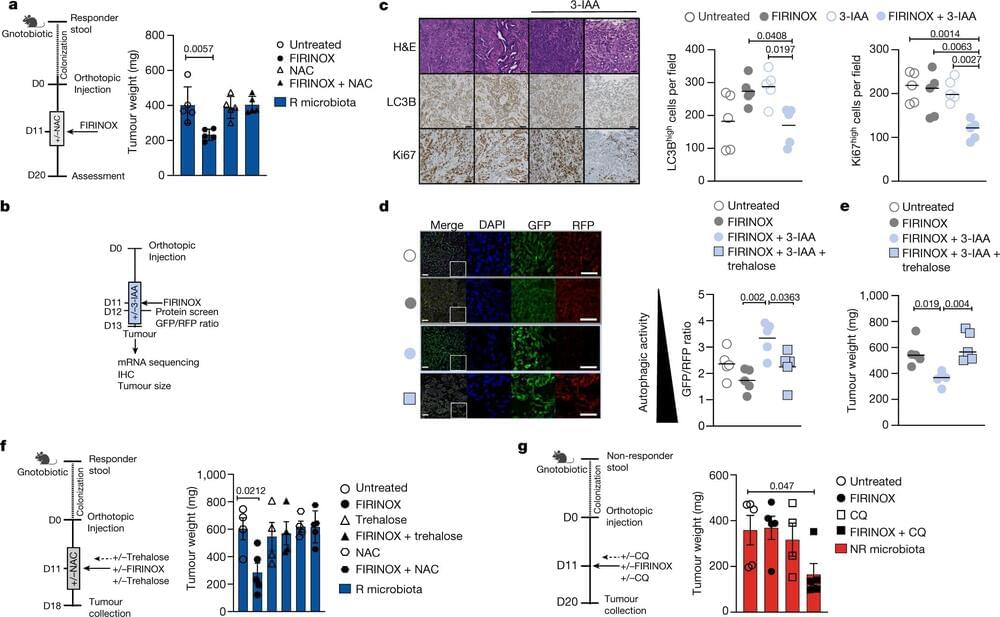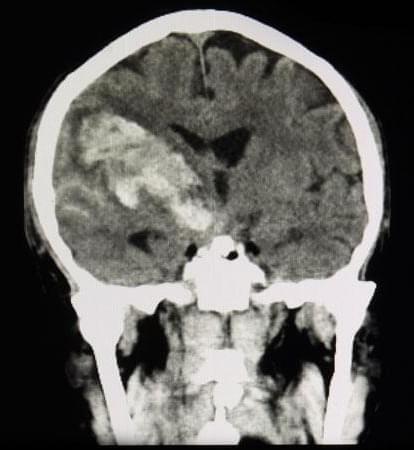An increase in difficulties with gambling is linked to a heightened risk of suicide attempts among young adults, according to new research from the University of Glasgow and City, University of London.
Published in the journal, The Lancet Public Health, the study suggests that over the course of a year, young adults (aged 16–24) who experienced an increase in severity of gambling harm were 2.74 times more likely to attempt suicide than those whose gambling was unchanged.
Gambling behavior is dynamic, and the study found that any escalation in the experience of gambling harm, regardless of someone’s starting point, was linked to a heightened risk of suicidality.







